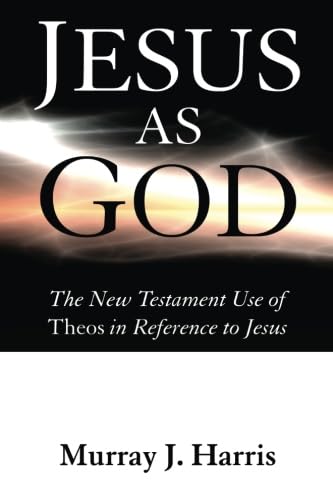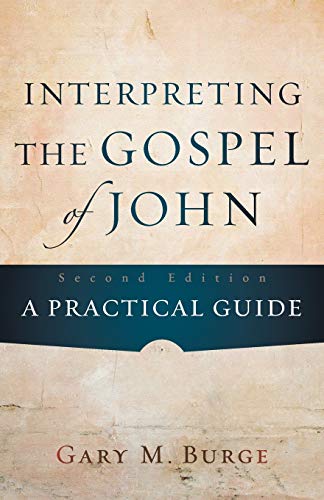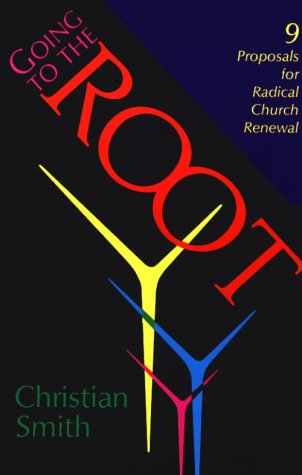Interpreting the New Testament: An Introduction to the Principles and Methods of NT Exegesis (from the German Arbeitsbuch Zum Neuen Testament, 1985, 8th edition)
Written by Hanz Conzelmann and Andreas Lindemann (trans. Siegfried S. Schatzmann) Reviewed By John P. HarrisonIdeal as a textbook, Conzelmann and Lindemann’s Interpreting the New Testament provides students with a workbook to practise NT exegesis. There are five major divisions. Each division is a unit and can be consulted independently of the others.
The first chapter answers the question, What general methods do exegetes use to interpret Scripture? Following a brief overview of NT studies, 11 sections look at such issues as textual criticism, literary genres, synoptic relationships, form and redaction criticism, and even minor literary forms outside of the gospels (i.e.confessions, hymns). Most of the subsections throughout usually end with a few suggested exercises so that the student can apply the information to some particular exegetical problems.
In chapter two, Conzelmann and Lindemann demonstrate that good exegesis begins with understanding historical backgrounds. They discuss the main sources for historical reconstructions, the impact of Hellenistic culture during this time, Roman rule and rulers, general characteristics of Second Temple Judaism, non-Jewish religions, philosophies and even later Gnostic movements. Chapter three overviews individual NT books. Chapter four introduces questions and issues involved in the historical Jesus quest. They conclude this chapter with an introduction to the particular problems of the trial and death of Jesus.
The last chapter sketches the development of the church. It starts with the problems of the general chronology of the church and more specifically the problems of dating the activities of Paul. The authors scan the rise of the church from its roots in Jerusalem through its expansion due to the Hellenists, the obstacle faced at the apostolic council, Paul’s contributions and, finally, how far the church had progressed until ad 100.
Interpreting the New Testament would be an excellent addition to any bibliography for beginning and intermediate students of NT exegesis. It covers all the bases of this discipline and welcomes students into this task with balanced and current information.
John P. Harrison
New College, Edinburgh







